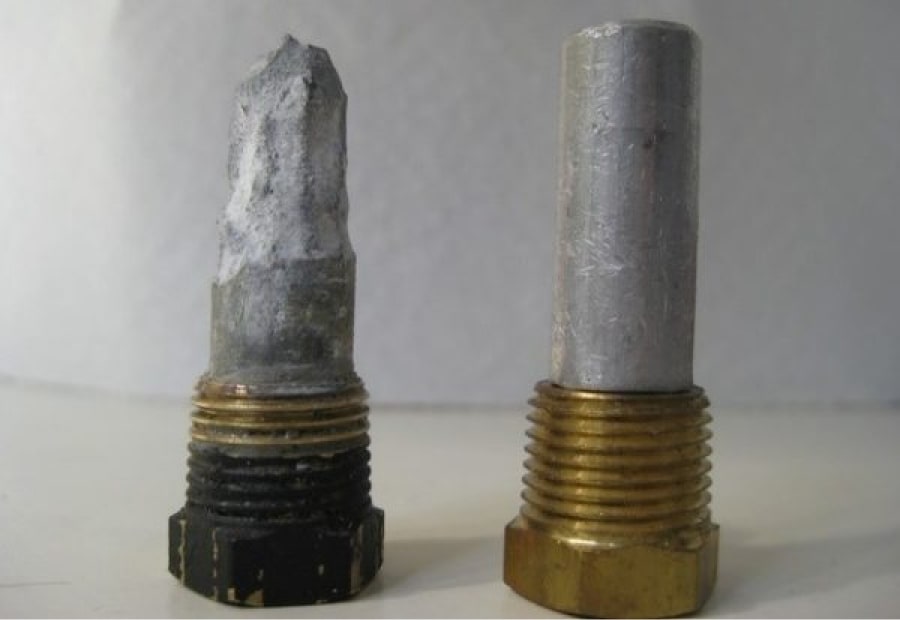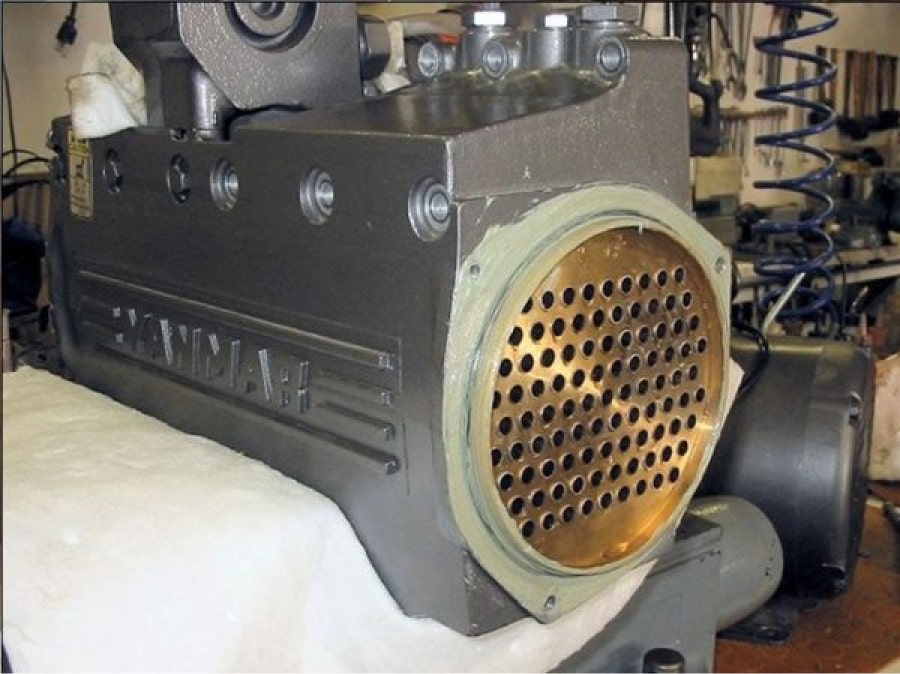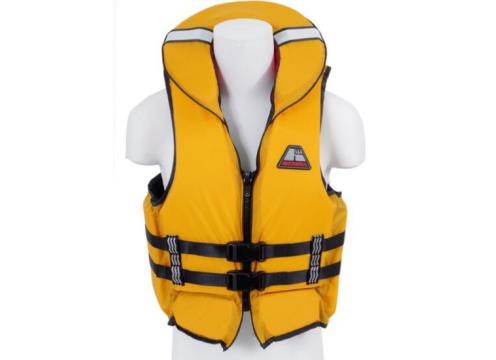If you have a diesel engine in your boat it is most likely kept cool by a closed cooling system integrated with a sea water circulated through a heat exchanger (or exchangers).

This setup requires the same maintenance that is required for any vehicle cooling system, (fresh clean water and suitable antifreeze additive), as well as the need to care for the raw water components that feed salt water through heat exchangers.
The most common heat exchangers on cruising boats are the tubular variety. The external shell looks a bit like a pipe; inside is a series of tubes that resemble drinking straws, which are surrounded by coolant. Seawater passes through the tubes, absorbing heat from the engine coolant. It’s a simple arrangement that allows engines to be filled with coolant rather than seawater, thereby reducing corrosion and increasing efficiency. Engines that are cooled directly by seawater must operate at a lower, and therefore less efficient temperature to prevent salt from precipitating and accumulating within the cooling passages.
As simple as heat exchangers are, they are far from fool proof. The mixture of hot coolant, cold seawater and dissimilar metals makes for a stressful life where the metal is concerned.
Most heat exchangers are equipped with sacrificial anodes, which must be replaced regularly
This is probably one of the most critical (and also most forgotten) aspects of engine maintenance.

These are usually pencil type anodes screwed into the heat exchanger via a brass threaded plug.
Their consumption rate varies with conditions, use, water temperature and salinity. While many users simply replace them seasonally, it’s best to initially remove them monthly for inspection, to determine their rate of consumption.
In some cases, they can be replaced annually; in others, every two months.
If they are allowed to deteriorate too far, they can drop off into the heat exchanger where they can pile up, blocking water flow in the process.
If you remove the anode plug and there’s no remnant of a pencil anode attached, it most likely has fallen off – your replacement interval is too long; they rarely erode away completely without separating from the plug.
This brings us to the second potential issue with your heat exchanger- obstructions and blockages
Clean your diesel’s cooling system.
To more mechanically capable boat owners, removal and cleaning of heat exchangers is not too daunting but you need the right tools and equipment as well as a degree of care as the tubes can be easily damaged.
An easier method of cleaning, especially if done regularly, is to use a chemical flush/descaling agent. Common brands are Barnacle Buster and Rydlyme.
These products can be used to flush the whole raw water system and will dissolve any scale build-up in heat exchangers etc. They will also dissolve any old anodes that might remain so its important to remove all anodes before starting the flushing process

Nearly half of this heat exchanger’s tubes are restricted by debris, marine growth and depleted zinc pencils.
A nice clean Yanmar intercooler exchanger!

A proper regular maintenance routine will keep your engine running at the right temperature and your cooling system in top condition, with much reduced chance of failure (which often comes at the most inconvenient time)
There are some great instructional videos on YouTube or come in and have a chat.






